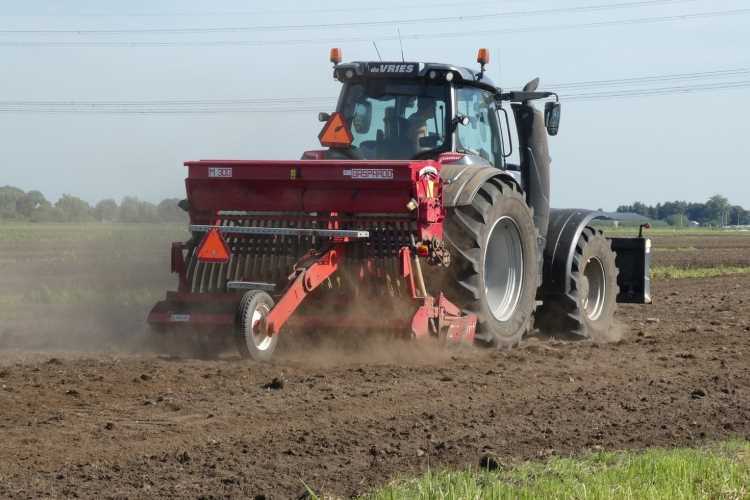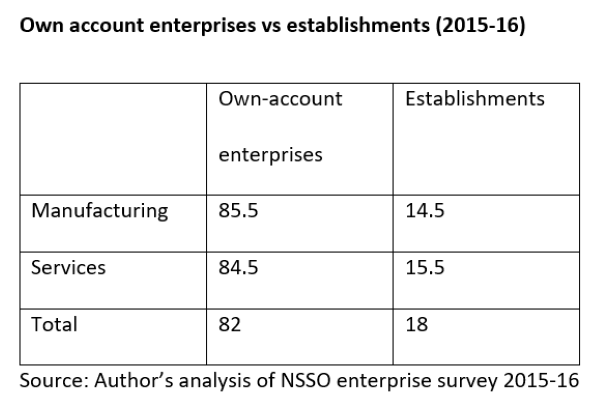
By Meenakshi Rajeev
Budget 2021: The rural sector of the Indian economy is facing multiple challenges because of the Covid-19 pandemic and the economic crisis that followed. The biggest challenge for the rural economy is large-scale job losses in urban centres of India that led to an exodus of migrants to their homes in rural areas across the country. Though some of these migrants returned to the cities to join their jobs, a large number of them are still in villages looking for a livelihood.
The MNREGA programme assumes considerable importance these days. The Budget 2021 has effected a huge cut in the allocation for MNREGA from Rs 1,11,500 crore last year (revised estimates) to Rs 73,000 crore this fiscal.
READ I Budget 2021 has the intent, but lacks funds for a jump in quality of education
Budget 2021 cuts allocation for agriculture
After the introduction of the three farm bills, the agricultural sector is witnessing large-scale protests by farmers. Given the kind of unrest we have been witnessing, one was expecting substantial interventions in this sector that seem to be missing in the budget presented by finance minister Nirmala Sitharaman today. According to budget 2021 estimates, allocation for agriculture and allied activities was Rs 1,54,770 crore (revised) during 2020-21. This has been cut to Rs 1,48,301 crore for financial year 2021-22.
The finance minister has described at length in her Budget 2021 speech how procurement of wheat and rice have gone up during the NDA regime, and especially during the last two years. Perhaps this was meant to reassure the farmers that the government is serious about MSP regime and procurement through mandis. She also said that the agriculture infrastructure fund would be made available to APMCs for augmenting the infrastructure facilities and 1,000 more mandis will be integrated with e-NAM. However, in the light of the APMC bypass act, one expected funds to be allocated in Budget 2021 for developing marketing infrastructure at the village level like rural haats.
READ I Budget 2021: A unified economic crime fighting unit should be the next big reform
Marginal increase in farm credit in Budget 2021
As far as agricultural credit is concerned, every budget effects an increase in credit support to farmers and Budget 2021 is no exception. This year, the finance minister raised agriculture credit to Rs 16.5 lakh crore. However, if one looks at the implementation of these schemes at the ground level, inequality in access to credit is a persistent problem irrespective of the amount allocated. One of the major reasons for farmers not being able to access credit is the lack of land records as mutations in ownership rights from one generation to the next do not take place automatically.
The socially and economically backward sections with low levels of education suffer the most because of this bureaucratic complication. These procedural complications have given rise to the prevalence of gold-pledged crop loans among farmers. Such loans result in skewed accessibility to credit. It is good to see that there is some mention of record of rights in Budget 2021 (Swamitva scheme).
READ I Covid-19: Busting the myth of herd immunity
Doubling of farmers income a distant dream

The finance minister also talked about doubling the farmers’ income in her budget speech. Given that India has about 80% of small and marginal farmers with fragmented holdings, agriculture alone cannot ensure doubling of the income of such farmers. Therefore, development of the rural non-farm sector is essential to enhance the income of farmers and to generate rural demand. Most of the non-farm enterprises operate at a subsistence level with no hired labour (i.e., as an own account enterprise) and with meagre value-added.
About 85.5% of the non-farm manufacturing segment are own account enterprises. Only 14.5% enterprises operate with hired labour (as an establishment). This scenario needs to change for the farmers’ income to double and for generating rural demand. The budget is silent on this important segment as well. The finance minister has set her sights on the right targets, but will need to do more to achieve cherished goals such as doubling of farmers’ income.
(Meenakshi Rajeev is Professor, Institute for Social and Economic Change, Bengaluru. The views expressed in this article are personal. She can be contacted at meenakshirajeev2000@gmail.com.)
